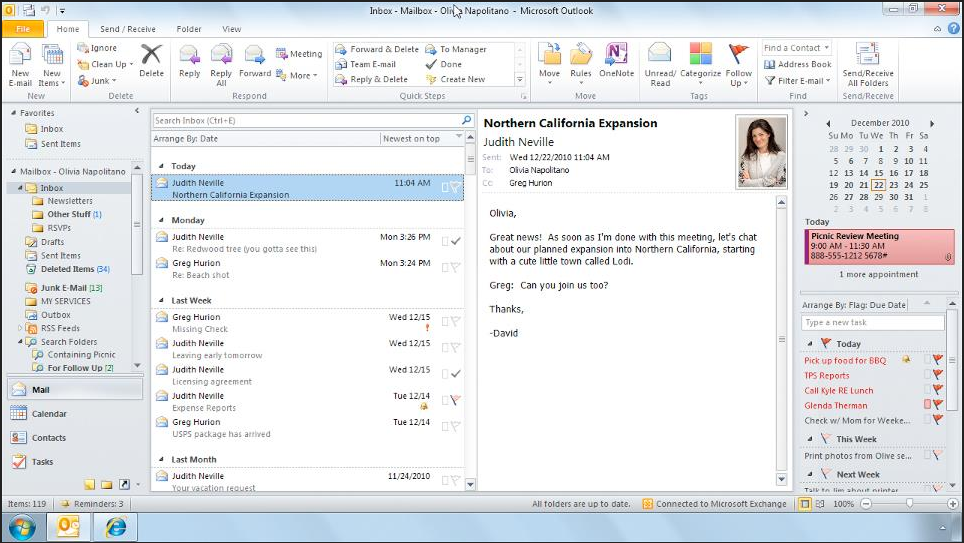
In the realm of email management, Microsoft Outlook stands as a titan, offering an array of features designed to streamline your digital communication. Yet, despite its extensive functionalities, certain design elements may not align with every user’s preferences. One such element is the position of the Navigation Pane. Traditionally located on the side, there exists a method to relocate it to the bottom, enhancing user experience and personalizing the interface to meet individual needs. This detailed guide will navigate you through the steps to outlook move navigation pane to bottom, ensuring a tailored Outlook setup.
Understanding the Shift
The decision to alter the Navigation Pane’s default positioning stems from a desire for consistency across Office applications, mirroring layout adjustments seen in other software. However, this change, while minor, significantly impacts workflow efficiency and personal comfort within the Outlook environment. Recognizing the diversity in user preferences, Outlook introduces the flexibility to customize the Navigation Pane’s location, catering to a more personalized interaction with the application.
Streamlining Your Outlook Interface
Customization through Outlook Options
Initiating the move is straightforward. Access the Outlook Options menu, where a simple adjustment can reposition the Navigation Pane. This adjustment not only personalizes your workspace but also reflects Outlook’s commitment to user-centric design, allowing for a more efficient email management process.
Enhancing Efficiency in Safe Mode
For those seeking an alternative method, launching Outlook in Safe Mode presents an opportunity to reset the toolbar’s position without the interference of third-party add-ons or customizations. This approach underscores the importance of flexibility and control within the Outlook user experience.
Registry Tweaks for a Tailored Setup
The Registry Editor offers a more technical route to achieve the desired layout. By navigating specific paths within the Registry, users can directly influence the application’s configuration, highlighting the depth of customization available to those willing to explore beyond surface-level settings.
Elevating Your Productivity
The benefits of relocating the Navigation Pane extend beyond aesthetic appeal, touching on practical aspects of daily email management. This adjustment can lead to a more organized workspace, allowing for quicker access to essential tools and folders, and ultimately, a more streamlined workflow.
Final Reflections
Embarking on the journey to optimize your Outlook setup symbolizes a step towards a more efficient and personalized email management experience. By adjusting the Navigation Pane’s position, you embrace the potential for a workspace that aligns more closely with your unique preferences and workflow requirements.
Frequently Asked Questions
Can the Navigation Pane be reverted to its original side position?
Yes, Outlook allows users to easily revert the Navigation Pane to its original side position through the Options menu, ensuring versatility in layout preferences.
Is it possible to personalize the Navigation Pane further?
Outlook offers comprehensive customization options for the Navigation Pane, allowing users to adjust its size, position, and the shortcuts it displays, tailoring the email experience to individual needs.
What advantages does moving the Navigation Pane to the bottom offer?
Relocating the Navigation Pane to the bottom can enhance screen real estate and reduce visual clutter, leading to a more efficient navigation experience within Outlook.
Will the Navigation Pane remain at the bottom after restarting Outlook?
Adjustments made to the Navigation Pane’s position are retained across sessions, ensuring that your personalized layout persists even after restarting the application.

